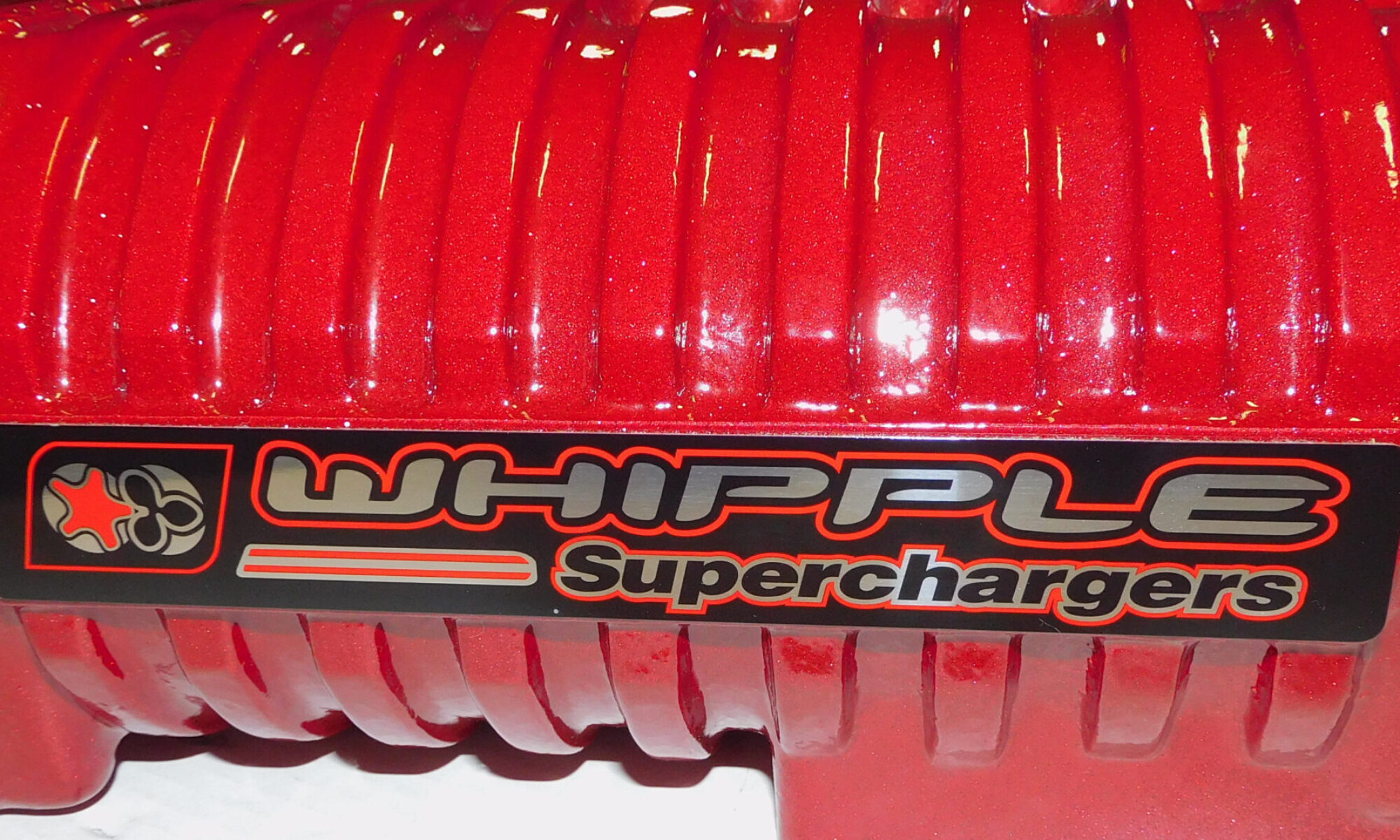Superchargers can be highly reliable when maintenance is taken seriously. In theory, today’s OEM applications like to see an 80,000 to 100,000 mile lifespan on everything. This is great for the person purchasing the vehicle, but it is also assumed that once the item fails, it can’t be serviced as it was ran to the failure, instead of being taken care of along the way.
This section will evolve as I add more information. I added this section quickly as another builder is attempting to use fear, to get people to send in their superchargers for repair as early as 40,000 miles on models that will make it 80,000 miles.
There are typically 4 reasons that a supercharger requires a rebuild.
- Leaking oil.
- Making noise.
- High mileage
- Peace of mind.
Oil can leak to the outside and the inside of the supercharger. Since the supercharger can become contaminated with engine oil can during deceleration from poor PCV, ring and valve sealing issues, this can give someone the perception that the supercharger is leaking oil. This is why we tint our oil indigo blue to make diagnostics easier. Most engine oils are not tinted blue, so the diagnostic of where the oil came can be assumed. This can help save time and money on a potential concern. Supercharger oil should be checked at every oil change, if accessible. The oil should be changed in the following intervals:
- Eaton based : all 80,000 miles.
- Lysholm: all 25,000 miles.
- Whipple: all 25,000 miles.
- Saleen Series 1, 2, 3: 80,000 miles
- Saleen Series 4, 5, 6, 6.5: 25,000 miles.
- Kenne Bell:
- ProCharger:
- Vortech:
- Paxton SN or any ball drive series
- Paxton:
- Holley, Weiand, B&M:
Noise. This is one topic that can be discussed and never have enough. Always diagnose noises correctly. They should be sound scoped. We have had a GT500 come into our shop, diagnosed by the dealer as a failing supercharger. 5 minutes in our shop, we diagnosed it as a bad tensioner. Within 15 minutes, the car was back up and operational. We have also had a Dodge Viper, diagnosed by a mechanic as a supercharger failure, only to find that the noise was being generated by cracked exhaust manifolds and melted CATS. So, just because you think the noise is near the top, does not mean it is the supercharger. ALWAYS properly diagnose the failure before removing.
High mileage can be tricky. What is high mileage? I have seen superchargers come in with just a couple of thousand reported miles to some with 300,000 miles. How did they do it? One person may have taken better care than others, or perhaps good driving habits, stock pulley speeds. It could be any or all of these items. Here is a general guideline if you are not having any concerns, but want to know the recommended rebuild lifespan:
- Eaton based: all 80,000 miles.
- Whipple/Lysholm based: all 80,000 miles.
- Kenne Bell: all 80,000 miles
- Vortech Superchargers: all 80,000 miles
- Paxton SN series Superchargers: 36,000 miles
- Paxton gear drive Superchargers: 80,000 miles
- Saleen Superchargers- all 80,000 miles
- SMS Superchargers- all 80,000 miles
- Weiand, Holley, B&M: all 36,000 miles.
If these are on a boat- a supercharger can last anywhere from 200 to 1000 hours, depending on how it was used. If it is spent in WOT, it may need service as soon as 200 hours.

